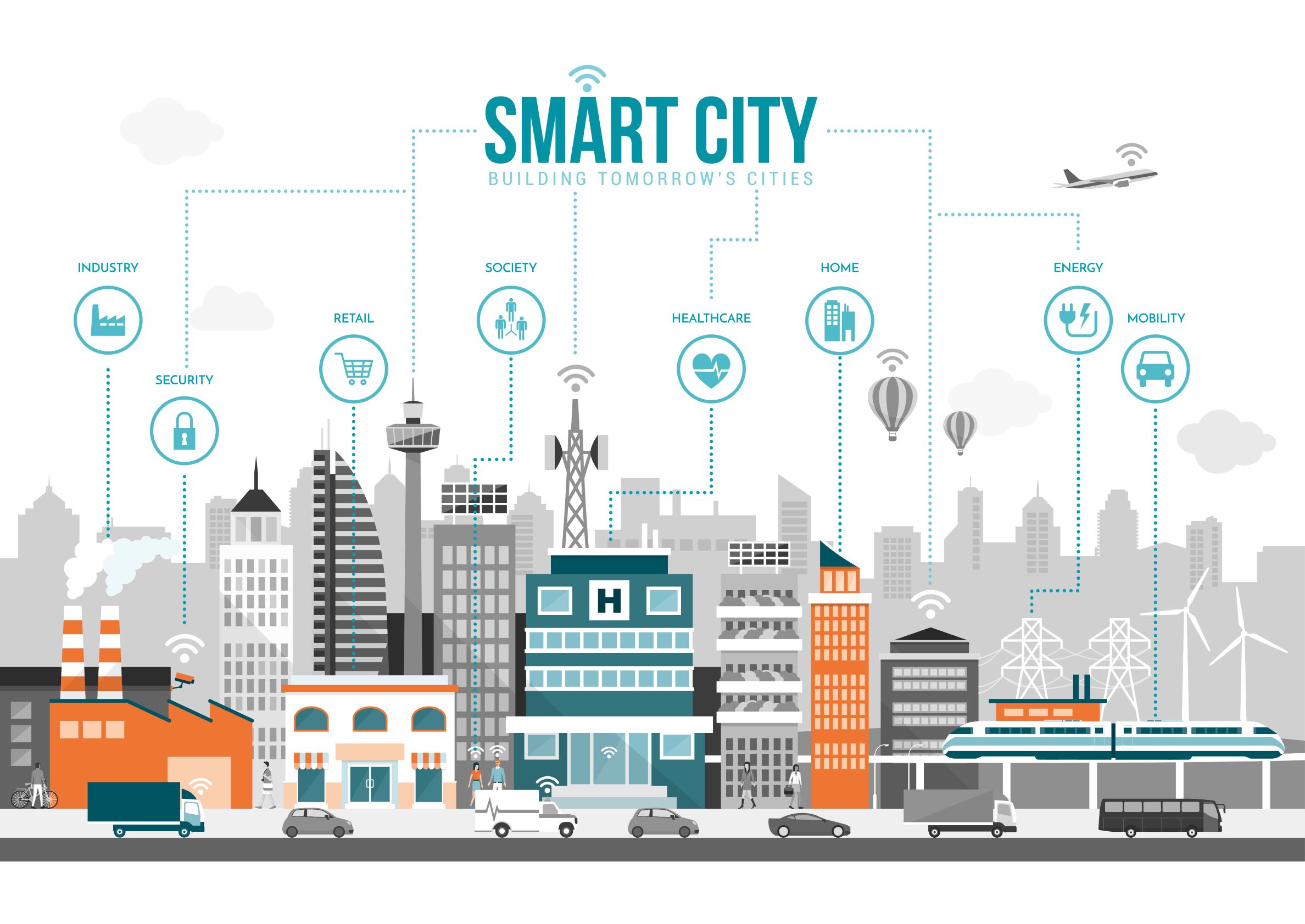“Techno-Urbanism: How Smart Cities Are Changing How We Live, Work, and Move”
The world is evolving at a breakneck speed, and our cities are no exception. As populations swell and urban landscapes transform, the concept of Techno-Urbanism emerges as a beacon of hope for modern living. Imagine walking through a city where technology seamlessly integrates with daily life—where traffic flows smoothly because smart sensors communicate in real-time, where energy-efficient buildings harmonize with green spaces, and where data-driven solutions enhance community engagement. This isn’t science fiction; it’s the reality of smart cities.















